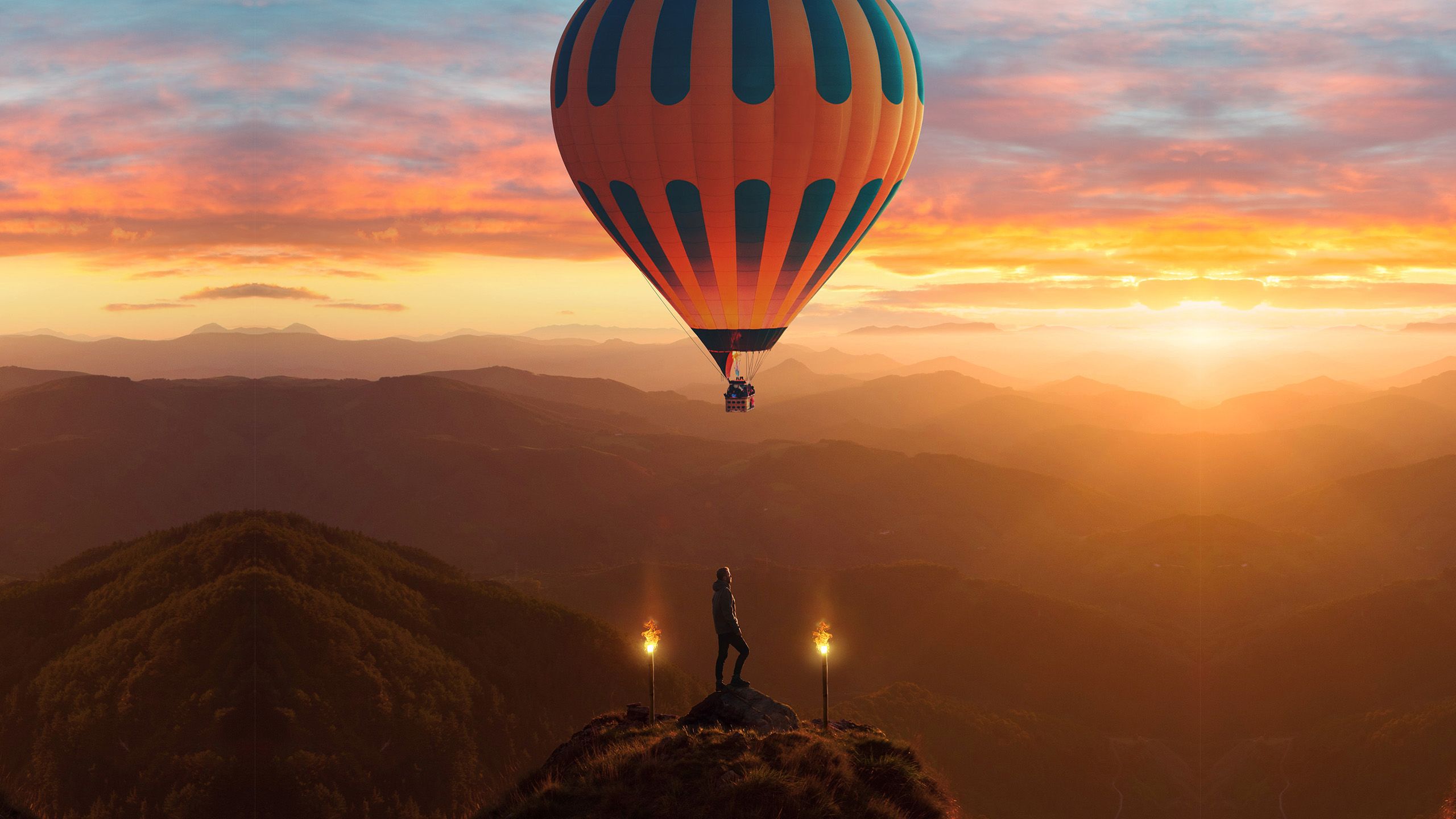
Photography
Captain John Noel was appointed official photographer to the 1922 Everest expedition. Recognising the public interest in the quest to climb the mountain he consequently bought up the exclusive film and photographic rights to the 1924 expedition for £8000, a substantial amount for the period.
He invested heavily in equipment and even built a photographic darkroom facility in Darjeeling to process the footage. Much of his time was spent filming events using a rugged cine camera specially developed by Newman Sinclair of London. From a vantage point above Camp 3 Noel was able to use a long telephoto lens to record what was happening high up on the mountain 3 miles away.
The role of landscape photographer passed to Bentley Beetham. Expedition members were issued with nine hand-held cameras, from postcard and quarter-plate to miniature vest pocket sizes. Beetham disparagingly noted that they were of a “tourist description”.
He may have taken with him his large plate glass camera and tripod but rarely had occasion to use it. The portable nature of the ‘point and click’ cameras did enable him to successfully capture the immediacy of events as they happened and he often quickly swapped from a small folding Kodak 620 to quarter-plate format to record the same scene in greater detail.
This sometimes resulted in sequences of photographs redolent of stills from a motion picture. Indeed some of Beetham’s images closely mirror passages in Noel’s film “The Epic of Everest” suggesting that, on occasion, the two worked closely together and a number of the lantern slide images are most likely lifted from the film.
Photography was difficult in the conditions encountered by the expedition. Dust blown by the incessant wind clogged mechanisms, the intense light over-exposed shots and the extreme cold froze ungloved fingers and threatened frostbite. Remarkably many rolls of film were developed at night in a specially adapted tent heated by smouldering yak dung and negatives were washed in mountain streams.
Beetham’s ongoing health problems also impacted upon his ability to take photographs. His collection consists of two albums of carefully mounted, coded and captioned photographs and a number of boxes of glass lantern slides. The vast majority of the album photographs are his own but a number of the slides were taken by Noel and Somervell.
As Beetham was unable climb much beyond Camp 3 on Everest he relies upon these images to complete the final chapters of the story. The unique sequence of 7 photographs taken by Somervell of Norton during their unsuccessful summit bid are the closest we can get to Mallory and Irvine’s fatal experience 4 days later. The camera used to take these pictures was the legendary Vest Pocket Kodak passed on to Mallory to record his own hopefully successful summiting. It has yet to be recovered.

Photography

John Noel filming at Camp 2
John Noel filming at Camp 2
Captain John Noel was appointed official photographer to the 1922 Everest expedition. Recognising the public interest in the quest to climb the mountain he consequently bought up the exclusive film and photographic rights to the 1924 expedition for £8000, a substantial amount for the period.
He invested heavily in equipment and even built a photographic darkroom facility in Darjeeling to process the footage. Much of his time was spent filming events using a rugged cine camera specially developed by Newman Sinclair of London. From a vantage point above Camp 3 Noel was able to use a long telephoto lens to record what was happening high up on the mountain 3 miles away.
The role of landscape photographer passed to Bentley Beetham. Expedition members were issued with nine hand-held cameras, from postcard and quarter-plate to miniature vest pocket sizes. Beetham disparagingly noted that they were of a “tourist description”.
He may have taken with him his large plate glass camera and tripod but rarely had occasion to use it. The portable nature of the ‘point and click’ cameras did enable him to successfully capture the immediacy of events as they happened and he often quickly swapped from a small folding Kodak 620 to quarter-plate format to record the same scene in greater detail.
This sometimes resulted in sequences of photographs redolent of stills from a motion picture. Indeed some of Beetham’s images closely mirror passages in Noel’s film “The Epic of Everest” suggesting that, on occasion, the two worked closely together and a number of the lantern slide images are most likely lifted from the film.
Photography was difficult in the conditions encountered by the expedition. Dust blown by the incessant wind clogged mechanisms, the intense light over-exposed shots and the extreme cold froze ungloved fingers and threatened frostbite. Remarkably many rolls of film were developed at night in a specially adapted tent heated by smouldering yak dung and negatives were washed in mountain streams.
Beetham’s ongoing health problems also impacted upon his ability to take photographs. His collection consists of two albums of carefully mounted, coded and captioned photographs and a number of boxes of glass lantern slides. The vast majority of the album photographs are his own but a number of the slides were taken by Noel and Somervell.
As Beetham was unable climb much beyond Camp 3 on Everest he relies upon these images to complete the final chapters of the story. The unique sequence of 7 photographs taken by Somervell of Norton during their unsuccessful summit bid are the closest we can get to Mallory and Irvine’s fatal experience 4 days later. The camera used to take these pictures was the legendary Vest Pocket Kodak passed on to Mallory to record his own hopefully successful summiting. It has yet to be recovered.




Norton sketching
Norton sketching


Your feedback is important to us. Please take a minute to complete our visitor survey.
Find out more about the Bentley Beetham archive and explore more of our online exhibitions using the links below.


